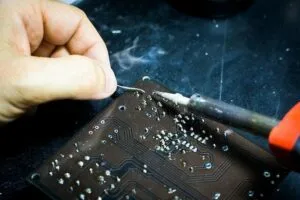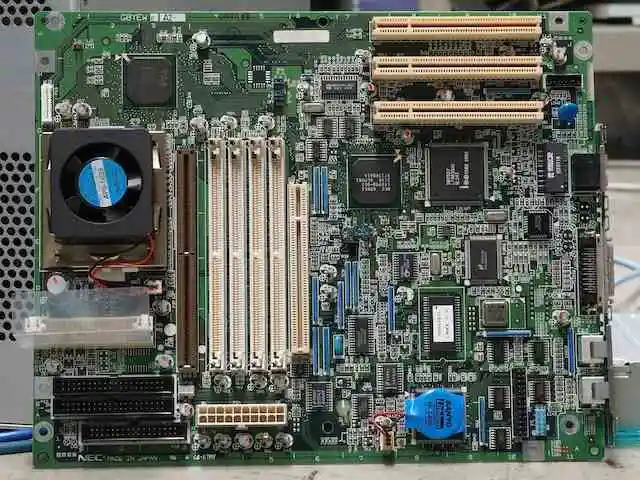PVT Corners in VLSI: Navigating Process, Voltage, and Temperature Variations

What are PVT corners in VLSI? The PVT in the VLSI design course stands for Process, Voltage, and Temperature. Integrated circuits are designed in such a way that they can function in a wide variety of temperatures and voltages, rather than a single temperature and voltage. These must function in a variety of contexts, including […]
Steps In VLSI Physical Design Flow

VLSI physical design flow is a cardinal process of converting synthesized netlist, design curtailment, and standard library to a layout as per the design rules. This layout is further sent to the foundry for the creation of the chip. According to an article in the Times of India, we fit more than 50 billion transistors […]
Ensuring Chip Health: The Role of End Cap Cells in VLSI

The gate of the standard cells put at the border during chip manufacture has a significant likelihood of being damaged. We have a specific type of cell in the common cell library called an end cap cell or boundary cell to prevent these damages at the boundary. The Endcap cells in vlsi are the only […]
Discover what is noise margin in VLSI

The noise margin in VLSI is the amount of noise that a CMOS digital VlSI design can endure without interfering with its function. The noise margin ensures that any logic ‘1’ signal with finite noise added to it is still identified as logic ‘1’ and not logic ‘0’. It is essentially the difference between the […]
Power Dissipation in CMOS Circuits

Low power consumption and high-density ICs are required to rapidly develop portable systems such as laptops, PDAs, digital wristwatches, mobile phones, etc. As a result, there has been an explosion of inventive research in low-power devices and design methodologies in the VLSI course. In most situations, low power consumption needs must be balanced against the […]
What is Latch Up in VLSI and Its Prevention Techniques?

Latch-up in VLSI is a short circuit/low impedance channel generated between the power and ground rails of a MOSFET circuit, resulting in high current leading to IC damage. It is caused by the interaction of parasitic PNP and NPN transistors (BJTs). This results in a structure that resembles a Silicon Controlled Rectifier (SCR). These create […]
Managing Miniatures: Techniques to manage OCV in VLSI Design

As technology miniaturizes, pushing the boundaries of materials and design, On-Chip Variation (OCV) plays a crucial role in VLSI design. By simulating variations within chips, OCV helps prevent malfunctions after fabrication, ensuring functionality in increasingly compact sizes. This becomes especially critical with initiatives like India’s proposed semiconductor plants, highlighting the need for advanced VLSI techniques […]
What is Clock Tree Synthesis?

Clock Tree Synthesis is a technique for distributing the clock equally among all sequential parts of a VLSI design. The purpose of Clock Tree Synthesis is to reduce skew and delay. Clock Tree Synthesis is provided with the placement data as well as the clock tree limitations as input. Clock Tree Synthesis (CTS) is the […]
What Is The Threshold Voltage?

In the realm of VLSI (Very Large Scale Integration), threshold voltage holds immense significance as a critical parameter that governs the behavior of MOSFETS (Metal-Oxide-Semiconductor Field-Effect Transistors). These tiny transistors serve as the building blocks of integrated circuits, forming the foundation of modern electronics. Threshold Voltage: The Gatekeeper of Current Flow The threshold voltage, often […]
Role of Machine learning in Physical Design

Role of Machine learning in Physical Design VLSI is an ever-evolving industry with new technologies, tools, and methodologies emerging regularly. VLSI CAD and machine learning(ML) in physical design share quite a number of key traits that contribute to the transformation of the semiconductor industry. Machine learning in physical design refers to the incorporation […]
